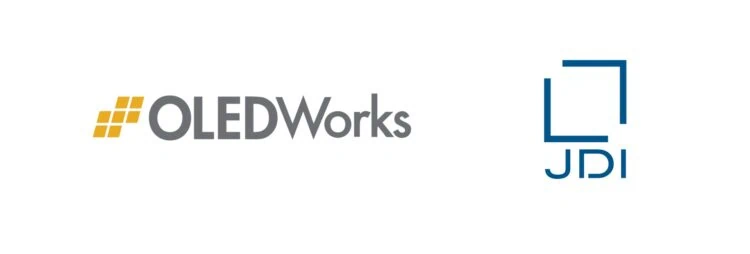
Published in enLIGHTenment Magazine by David Shiller
Although LED has gone mainstream as a light source, it is not the only form of solid-state lighting (SSL) available. There are other types of SSL, each with different inherent advantages and benefits for different specialty lighting applications. Here is a quick look at three other forms of SSL, how they work, as well as their strengths and weaknesses.
OLED
The LEDs that we see every day are technically considered “inorganic light-emitting diodes” or ILEDs. Another form of SSL is “organic light-emitting diodes” or OLEDs, which work by sandwiching different layers (“films”) of organic semiconductors to generate light in very diffuse, larger-area sources known as “panels.” The electrical voltage applied across the layers of semiconductors creates molecules with extra electrons in one layer, and molecules missing electrons (“holes”) in an adjoining layer. Where these two layers meet (the “junction”), electrons (negatively charged) and holes (net positive charge) combine to release energy in the form of light.


